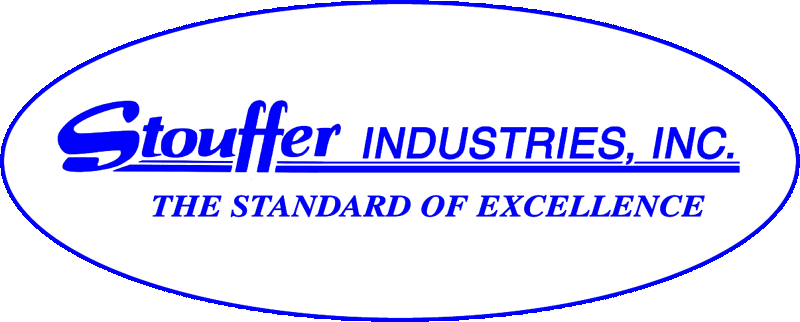|
How to use the T2115 21 step
Instructions for Photopolymer plates:
Youtube
video for using the Stouffer 21 step for Photopolymer Plates
Instructions for Lithography
-
Set your contact printer or vacuum frame to make several trial
exposures on separate pieces of film, with each exposure for a
different length of time.
-
Make three exposures: one determined by past experience or the
exposure normally used in daily production, one for less, and then
one for more. It may be necessary to repeat this testing procedure
using different exposure times.
-
Process the test negative for the time and temperature recommended
by the film manufacturer. It is important to keep processing
consistent.
-
Examine the step tablet/wedge image on each of the negatives. Select
as the best the negative in which step 7(on a 21 step wedge) is
developed to a dense black, with step 8 only slightly dense. Step 7
will be the aim point for normal copy.
There are many different ways for exposing plates. There are an
abundance of different exposure systems and processing techniques. The
one constant is the step tablet/wedge. Use the step tablet/wedge as a
benchmark for all exposures to achieve accuracy and repeatability.
To
find the exposure factor to hold more or less on the Stouffer 21 Step
Platemaker Sensitivity guide, follow the chart below.
|
To
Change Exposure |
1
Step |
2
Steps |
3
Steps |
4
Steps |
|
To
Increase Exposure |
1.41x |
2.00x |
2.82x |
4.00x |
|
To
Decrease Exposure |
.71 |
.50 |
.35 |
.25 |
return to top
|

